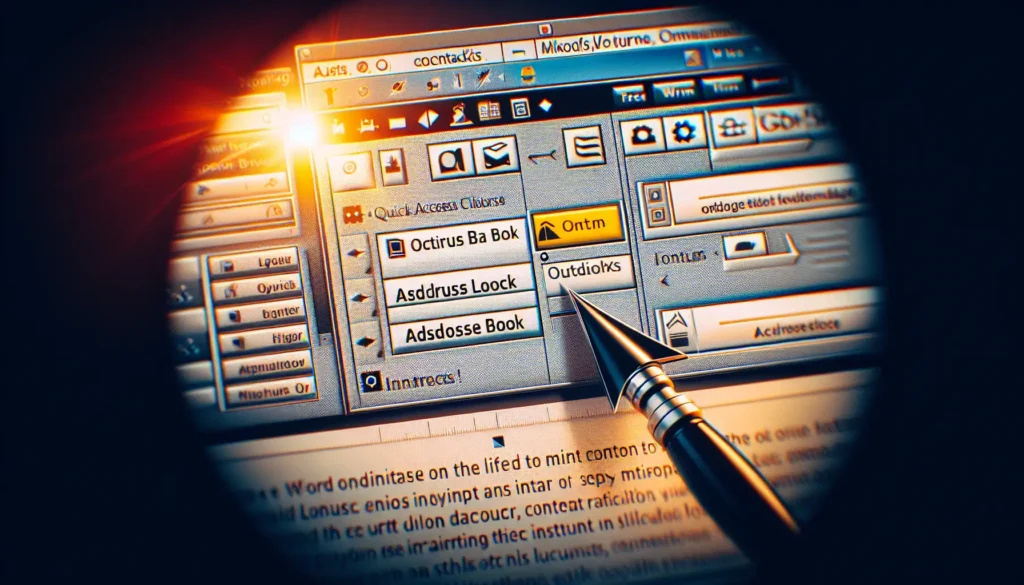Microsoft Word’s track changes feature allows multiple people to edit a document while keeping track of who made which changes. This is extremely useful for collaborating on documents. However, track changes can quickly become messy and confusing with many edits from different people displayed. Here are some tips to make using track changes easier:
1. Clean Up Existing Track Changes Before Making More
If you open a document that already has lots of tracked changes, it’s best to clean those up before making more edits yourself. Here are some things you can do:
- Accept or reject changes instead of just leaving them:
- Review each change and decide if you want to keep or discard it. Accept the ones you want to keep. This will remove the change markup.
- Resolve comments by replying to them or deleting them after addressing.
- Reduce the amount of markup shown:
- In the Review tab, open the “Show Markup” menu and select “Simple Markup”. This shows only change indicators instead of every edit.
Cleaning up existing changes makes it easier to focus on new ones moving forward.
2. Change Track Changes Settings Before Editing
Before making your own edits, customize the track changes display to your preferences:
- In the Review tab, open the “Track Changes” menu and select “Change Tracking Options”.
- In the dialog box, change options like:
- What markup to show (insertions, deletions, formatting, etc).
- Whether to mark changes by author name or color.
- Level of detail for revisions.
Adjust settings so changes are displayed in a way that works best for you.
3. Use Simple Markup View for Reviewing
When you have a lot of edits from multiple people, use the “Simple Markup” view in the Review tab. This shows only indicators of where changes were made instead of every change.
Click indicators to toggle between hiding and showing edits. This declutters things and lets you focus on one change at a time.
4. Change Track Changes Colors by Author
If multiple people edit a document, assign each author a different color:
- In the Review tab, open the “Track Changes” menu and select “Change Tracking Options”.
- Under “Revisions View”, check “Show Changes by Specific Authors”.
- Select each author name and choose a color to assign.
Color coding edits by person makes it easier to identify who changed what.
5. Periodically Accept/Reject Changes
Don’t just let edits pile up. Periodically accept or reject batches of changes:
- In the Review tab, open the “Changes” menu and use options like “Accept All Changes” or “Reject All Changes in Document”.
- You can also select specific changes to accept or reject.
This keeps things clean and ensures you actually review each change.
6. Work in Read Mode or Print Layout View
Don’t review track changes in Editing View. Instead use Read Mode or Print Layout View. These hide distracting editing buttons and menus, decluttering the interface.
Read mode also lets you focus on just the text content instead of markup. Toggle between showing and hiding edits as needed.
Conclusion
While track changes is invaluable for collaborating on Word documents, it can get messy and confusing. By customizing settings, cleaning up existing edits, changing colors and views, and periodically accepting/rejecting changes, you can use this tool more effectively.
A little track changes maintenance goes a long way towards a less chaotic editing experience!





